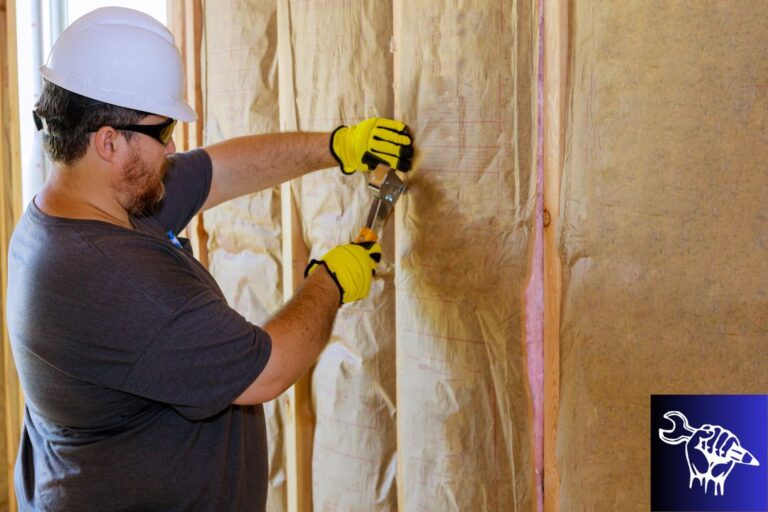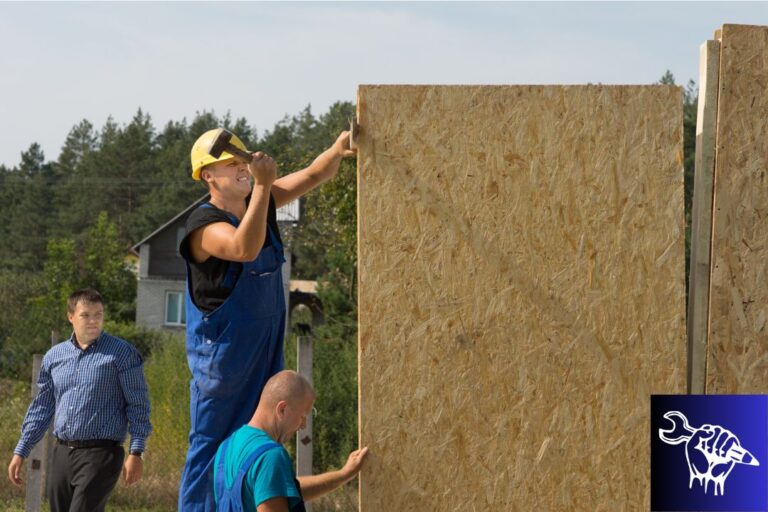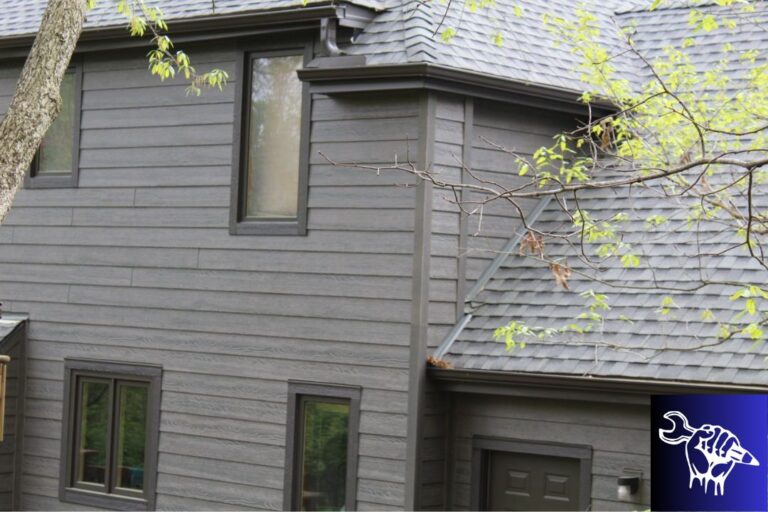Building a home is a thrilling journey, brimming with anticipation and dreams of creating a personalized space. The process involves several intricate steps, from initial design and planning to the final touches that make a house a home. Understanding the home building process is crucial, as it provides insight into the timeline and what to expect at each stage.
Equally significant is recognizing the importance of timing in construction. Adequate timing ensures that each phase is meticulously completed, maintaining a balance between quality and efficiency. This article will navigate you through the varied timeline of building a house, shedding light on the factors that influence the duration and offering a glimpse into the average timeframes for constructing a home. Join us as we explore the intricacies and unveil the mysteries of how long it takes to build a house.
1. Pre-construction phase
The journey begins long before the first brick is laid. The pre-construction phase is foundational and encompasses designing, planning, and preparing the site.
Designing and Planning

Architectural Drawings: The first step is creating architectural drawings. This process involves collaboration between homeowners and architects to design the layout, appearance, and functionality of the house. It’s a time for envisioning, making adjustments, and finalizing plans.
Permits and Approvals: Once the design is finalized, it’s time to navigate through the bureaucratic maze. Obtaining the necessary permits and approvals can be time-consuming, depending on local regulations and the complexity of the project. This stage ensures the house complies with zoning laws, building codes, and other local ordinances.
Duration: At least 3 months, up to a year
Site Preparation
Clearing and Excavating: With permits in hand, the physical work begins. The site is cleared of vegetation, rocks, and debris. Excavation is undertaken to create a stable base for the foundation, shaping the land to suit the design of the house.
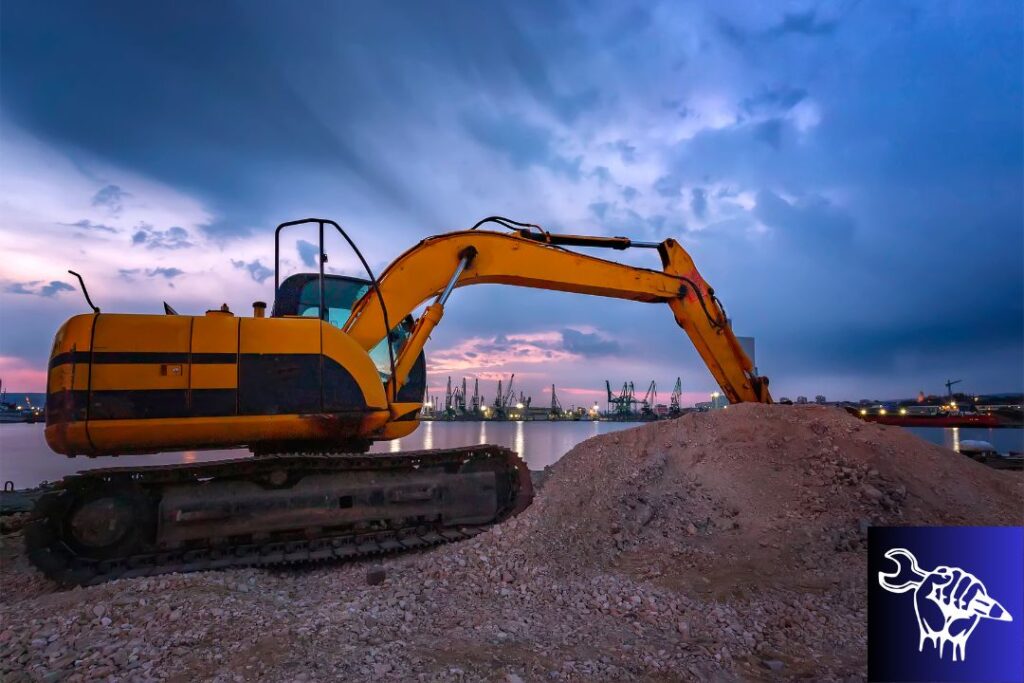
Laying the Foundation: The foundation is the bedrock of the house. Depending on the type, whether slab, crawl space, or basement, laying the foundation involves pouring concrete, setting blocks, and letting it cure. It’s a critical stage that impacts the stability and longevity of the entire structure. Weather conditions play a crucial role at this stage, as certain conditions are necessary for the concrete to set properly.
Duration: 2-8 weeks
2. Construction (Building) Phase
This phase brings the architectural drawings to life, transforming ideas into a tangible structure. Each step, from erecting the frame to adding the final touches, is integral to creating a house that is safe, comfortable, and aesthetically pleasing.
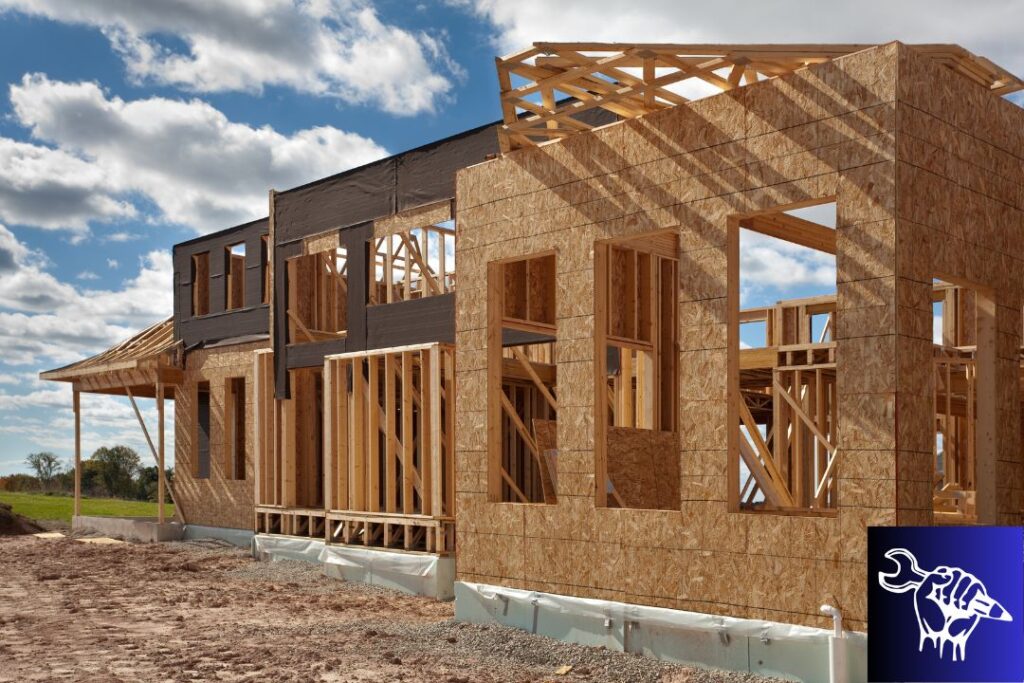
Framing and Structure: Framing sets the skeleton of the house. Craftsmen assemble the frame using wood, steel, or other materials, defining the shape and supporting the entire structure. It’s a meticulous process, ensuring that everything is level, square, and secure. Once the frame is up, the structure starts to resemble a house, providing the basis for the next stages.
Duration: with prefab structures even a few days. With traditional construction, at least 3 weeks.
Roofing and External Work: With the frame in place, the focus shifts to the exterior. Roofing is essential, shielding the interior from the elements. The choice of roofing materials affects both the appearance and the durability of the house. External work also includes installing windows, doors, and siding, each contributing to the weatherproofing, security, and aesthetics of the home.
Duration: up to 1 year. Everything depends on the shipping time and size of the construction.
3. Internal Work

Plumbing and Electrical: As the house’s veins and nerves, plumbing and electrical systems are integral. Pipes, wires, and outlets are installed within the walls, floors, and ceilings. This stage requires precision and adherence to codes to ensure safety and functionality.
Duration: at least 5 days
Insulation and Drywall: Insulation is added to maintain indoor temperatures and reduce energy consumption. Following this, drywall is hung, transforming the skeletal structure into recognizable rooms. This stage sets the canvas for the final touches.
Duration: 1-3 days
Flooring and Painting: The choice of flooring influences the house’s comfort and aesthetics, whether it be hardwood, carpet, or tile. Painting adds color and personality, making each room unique. These final touches bring the vision to fruition, preparing the house for its soon-to-be occupants.
Duration: usually, painting and flooring takes a week. However, everything depends on the flooring technology you choose
Are you building a house? Top 5 roofing materials
4. Finishing Phase
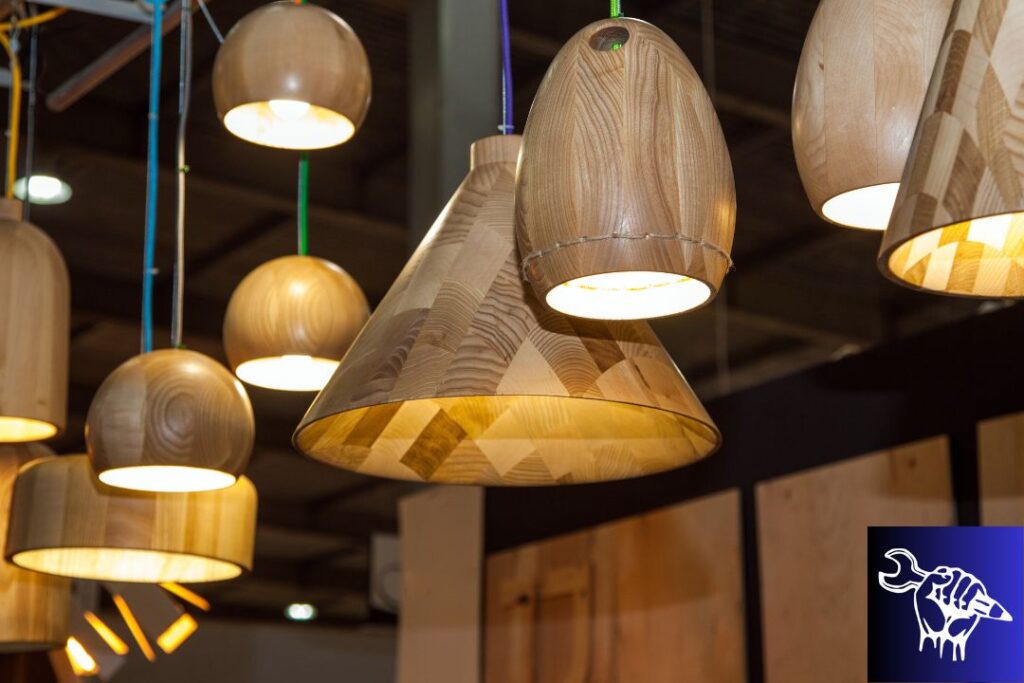
The finishing phase is where the house truly becomes a home, characterized by the installation of fixtures, fittings, and final touches both inside and out. Every detail counts, contributing to the overall functionality and aesthetic appeal of the residence.
Fixtures and Fittings: During this stage, the house is equipped with necessary fixtures and fittings, such as lighting, cabinets, appliances, and bathroom hardware. Each element plays a crucial role in defining the home’s style and ensuring its livability. Careful selection and installation of these components are vital to achieving a harmonious and cohesive interior.
Duation: if you choose popular shops, like IKEA, it’s possible to furnish your home in 2-3 days.
Final Inspections and Approvals: Before the house can be deemed complete, it undergoes a series of final inspections to ensure compliance with building codes and regulations. These inspections are thorough, covering structural integrity, safety features, and the functionality of installed systems. Once the house passes all inspections, final approvals are granted, signaling that the home is ready for occupancy.
Landscaping and External Finishing: The external environment of the house receives its final touch during the landscaping phase. This includes planting trees, shrubs, and flowers, laying sod or seeding grass, and installing walkways and patios. A well-designed landscape enhances the home’s curb appeal, complements its architecture, and contributes to the overall value of the property. Attention to external finishing details ensures a welcoming and aesthetically pleasing first impression for both residents and visitors alike.
Duration: landscaping can be performed in a few weeks, but everything depends on the time you decide on it. Remember that trees and bushes grow slowly – the full potential of your garden will be noticable after years.
You should also read: Is it worth buying smart home devices?
Factors Influencing Construction Time

Weather Conditions: The impact of weather can significantly affect the construction timeline. Inclement weather such as rain, snow, or extreme temperatures can cause delays, as some construction activities can’t be carried out under certain conditions.
Complexity of Design: The intricacy of the house’s design also plays a crucial role. A more complex design will require more time due to the additional work and precision involved. Unique architectural features, custom finishes, and high-end materials can all contribute to extended construction times.
Availability of Materials and Labour: The availability of essential construction materials and skilled labour can influence the timeline. Any shortage or delay in the supply chain can halt progress, and the lack of skilled workers can slow down the construction pace.
Changes and Modifications: Any changes or modifications made to the original plan during the construction process can also lead to delays. Alterations often require additional time for redesign, approval, and implementation, thereby extending the overall construction time.
Understanding these factors can help set realistic expectations and aid in effective planning, ensuring a smoother construction process.
Average Timeframes
Overview of Typical Construction Times: According to Bobvila,on average, building a house can take anywhere from several months to a year or more, depending on various factors. This section will provide a general timeframe for each phase of construction, from pre-construction planning to the finishing touches, giving the reader a comprehensive view of what to expect during each stage.
Variations by House Type and Location: Different types of houses, such as single-family homes, multi-story buildings, or customized residences, each have their own construction timelines. Additionally, the location of the build can also affect the duration due to regional building regulations, weather conditions, and the availability of resources and labor. This subsection will explore how these variations can influence the overall time it takes to build a house, providing examples and comparisons for clarity.
Recommended: Is a slate roof a good choice?
Summary
Building a house is a multifaceted process that involves meticulous planning, construction, and finishing. The journey begins with the pre-construction phase, where designs are drawn and the site is prepared. This lays the foundation for the construction phase, where the structure takes shape, from framing to the installation of essential systems like plumbing and electrical.
The finishing phase breathes life into the house, with the addition of fixtures, fittings, and aesthetic touches both inside and out, concluding with inspections and approvals to ensure safety and compliance. Lastly, landscaping and external finishing tie the whole project together, adding the final touches that turn a construction site into a home. The timeline for building a house can vary widely, but understanding each phase provides clarity on the time and effort involved in creating a personalized living space.







